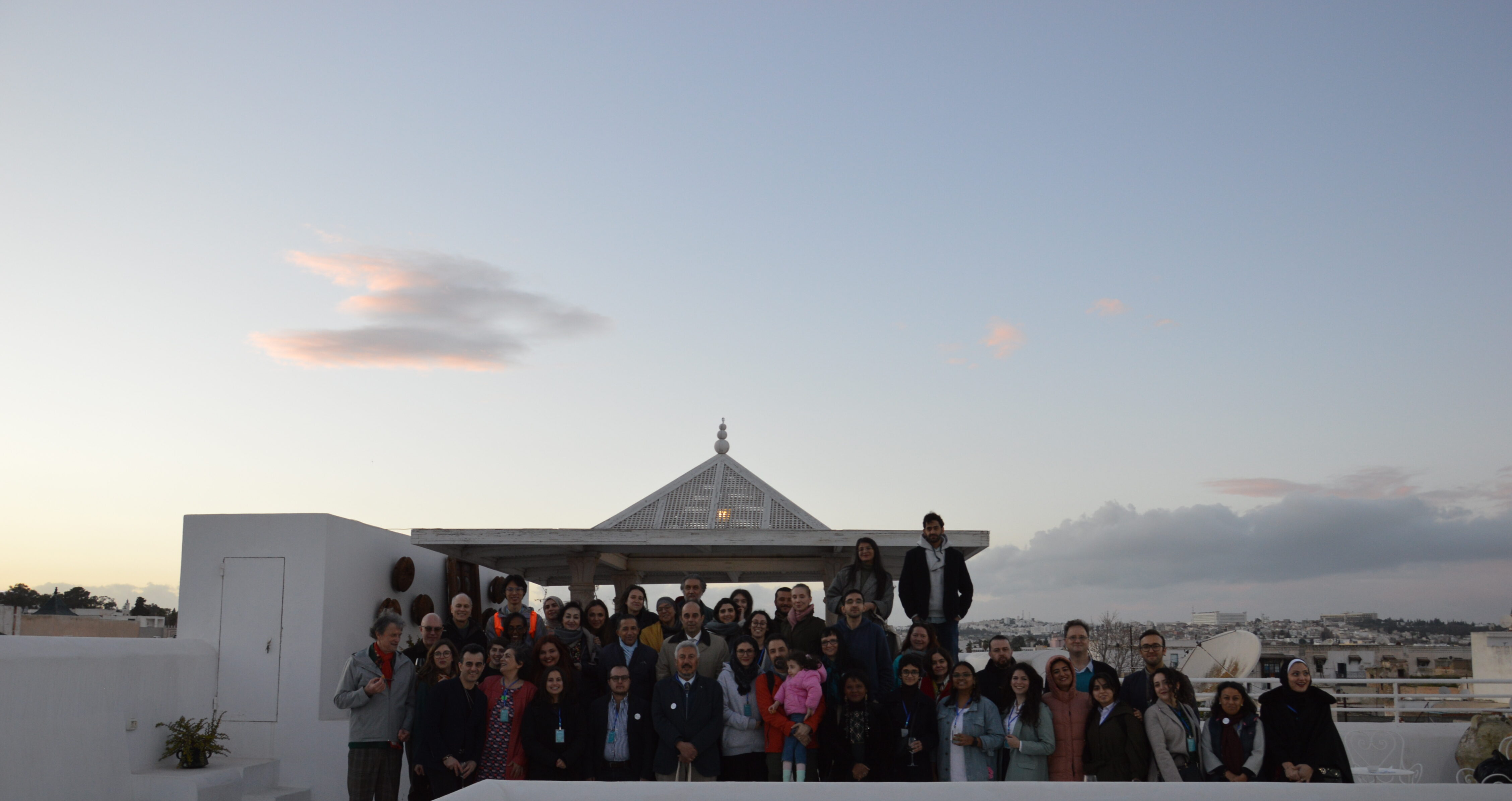Happening at Dar Lasram- a national heritage treasure, this highly interactive and engaging conference included thematic presentations, panels and special sessions, guest speakers, a book display, and a parallel visual exhibition, as well as walking tours of the medina and an optional calligraphy workshop. All were designed to facilitate vibrant discussions and exchanges of ideas at local and international levels.
Throughout three days, over 90 participants from around the world attended the Conference. The programme included 37 thematic presentations and 17 guest speakers in a highly academically engaging and socially friendly environment over 16 parallel or plenary sessions. Thematic sessions mirrored the multidisciplinary nature of the conference themes in both normal and disastrous contexts and were designed in a way to bring together different international cases.
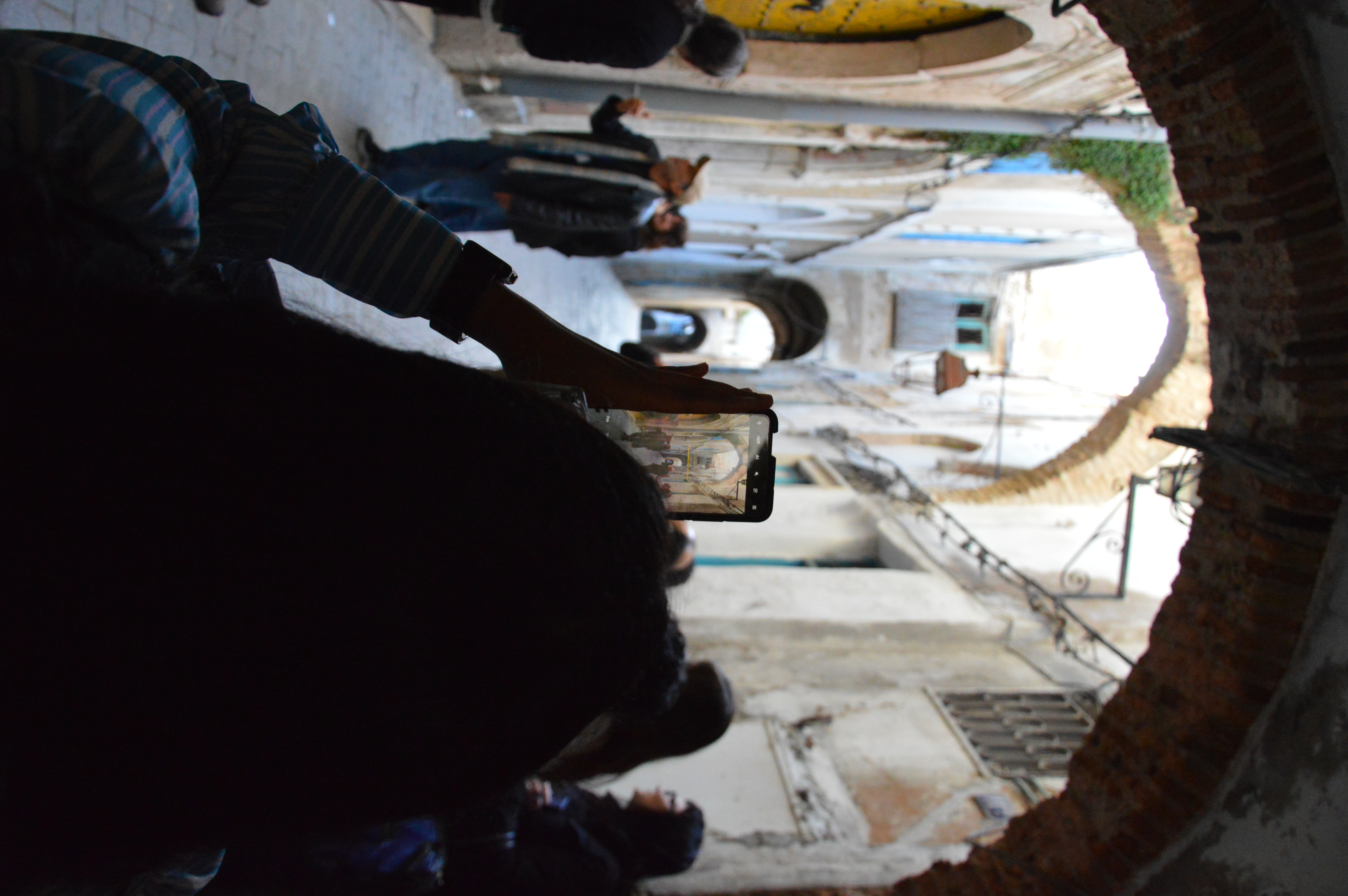
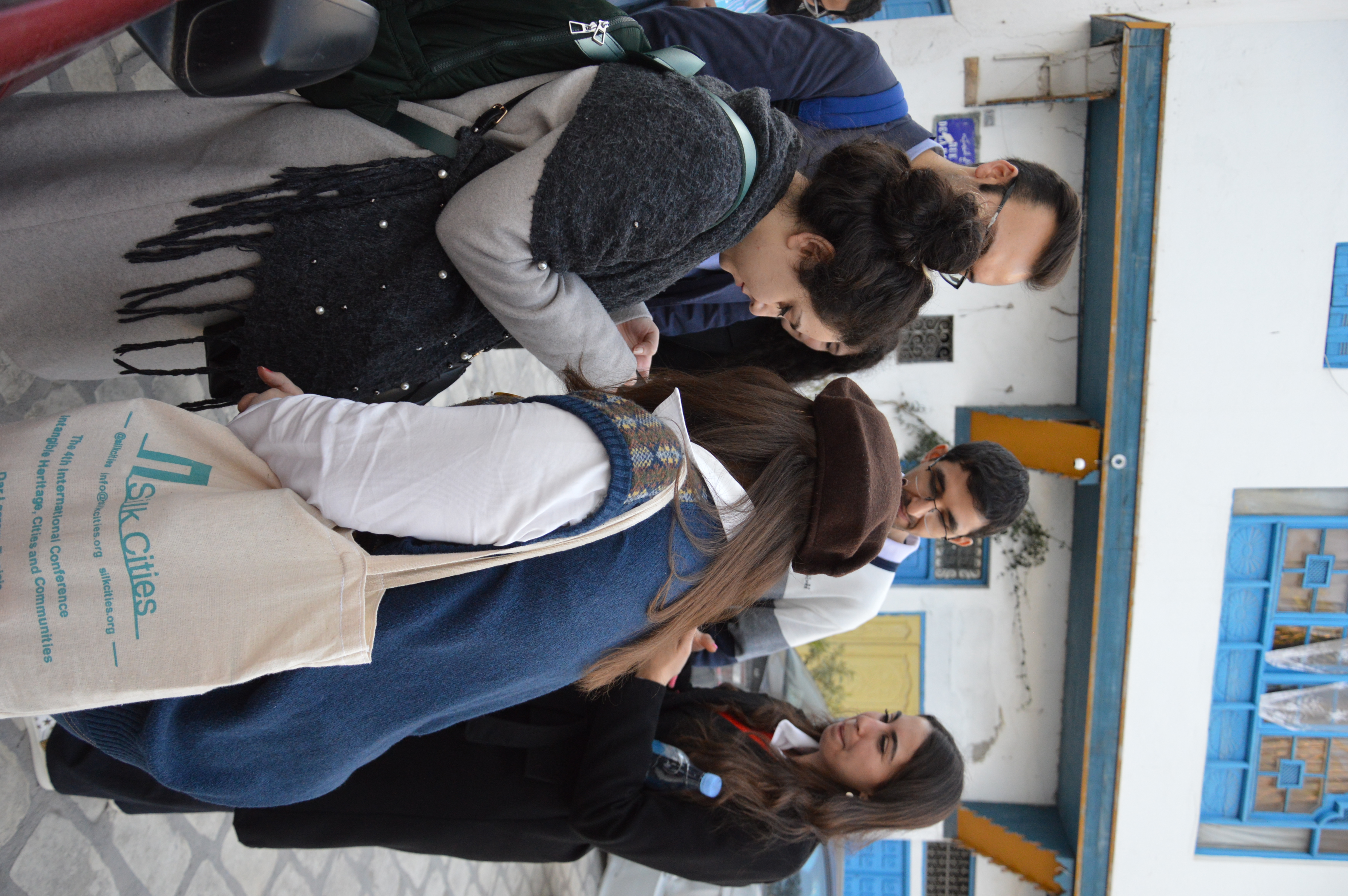
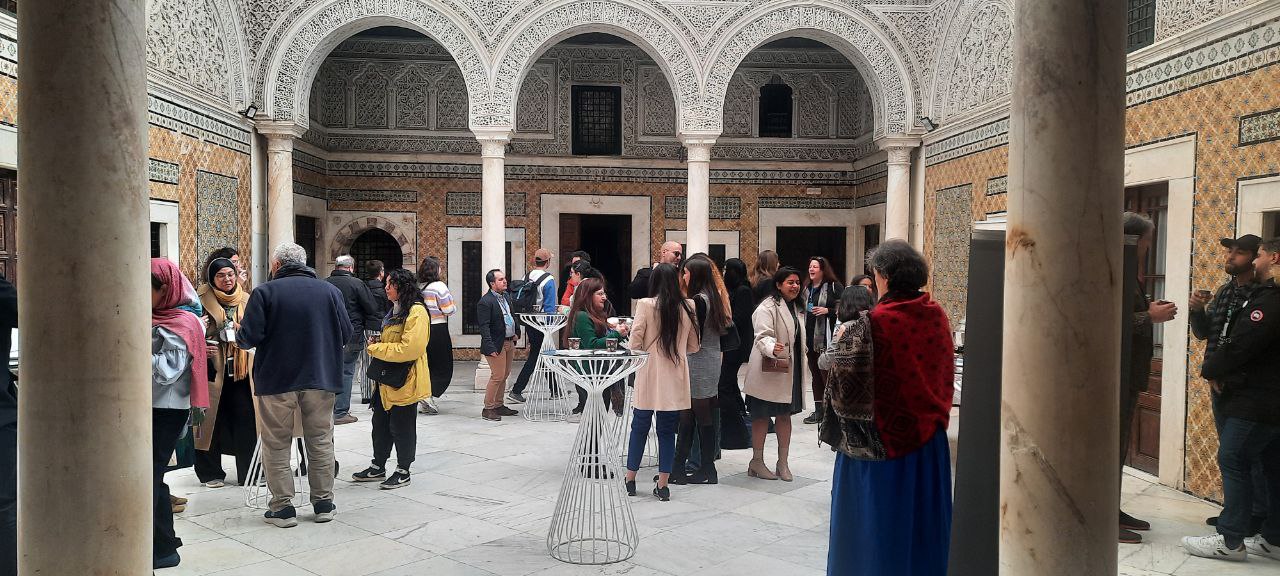
The conference connected local and global contexts with planning an in-depth multidisciplinary and multi-perspective discussion on the Tunisian context, with two complementary special sessions and panel discussions: ‘Intangible heritage and the paradox of public awareness in Tunisia’, and ‘Cities development in Tunisia: challenges and perspectives, in an unprecedented diverse insightful discussion.
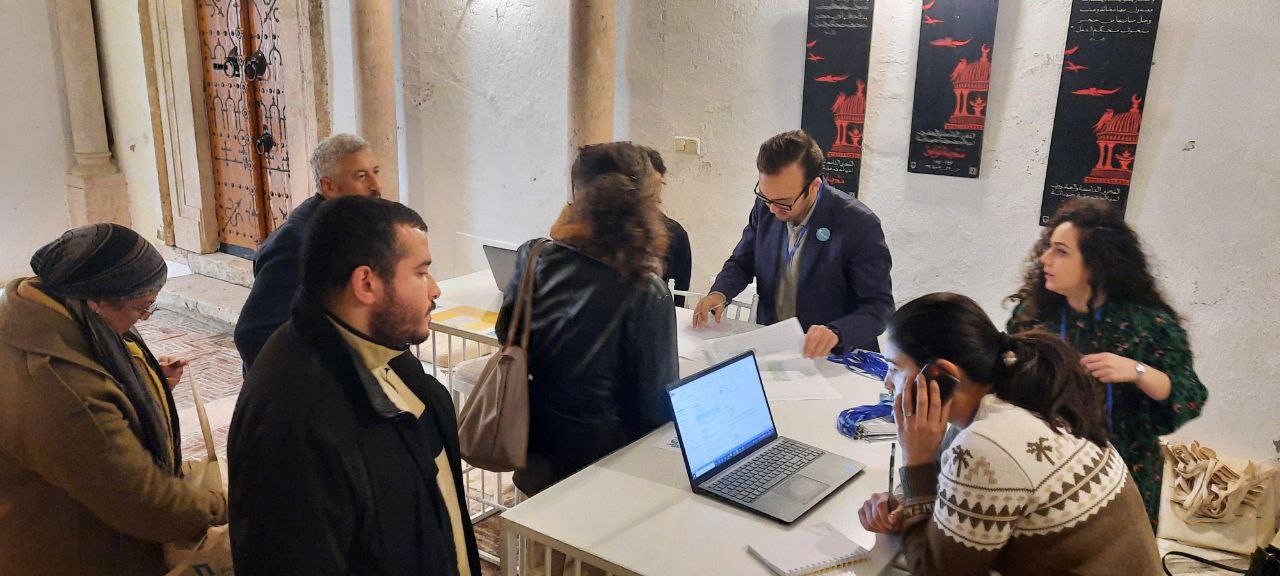

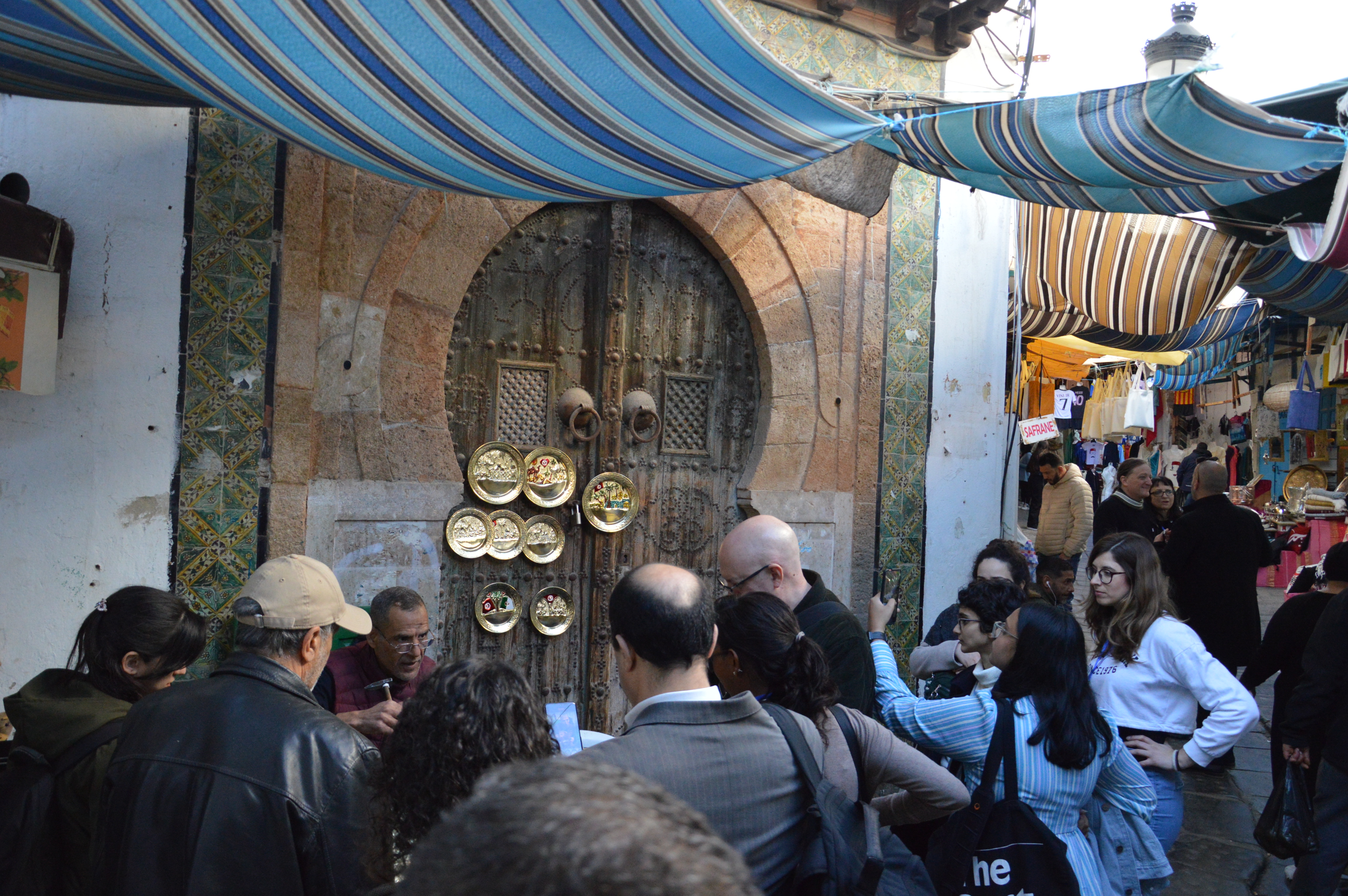
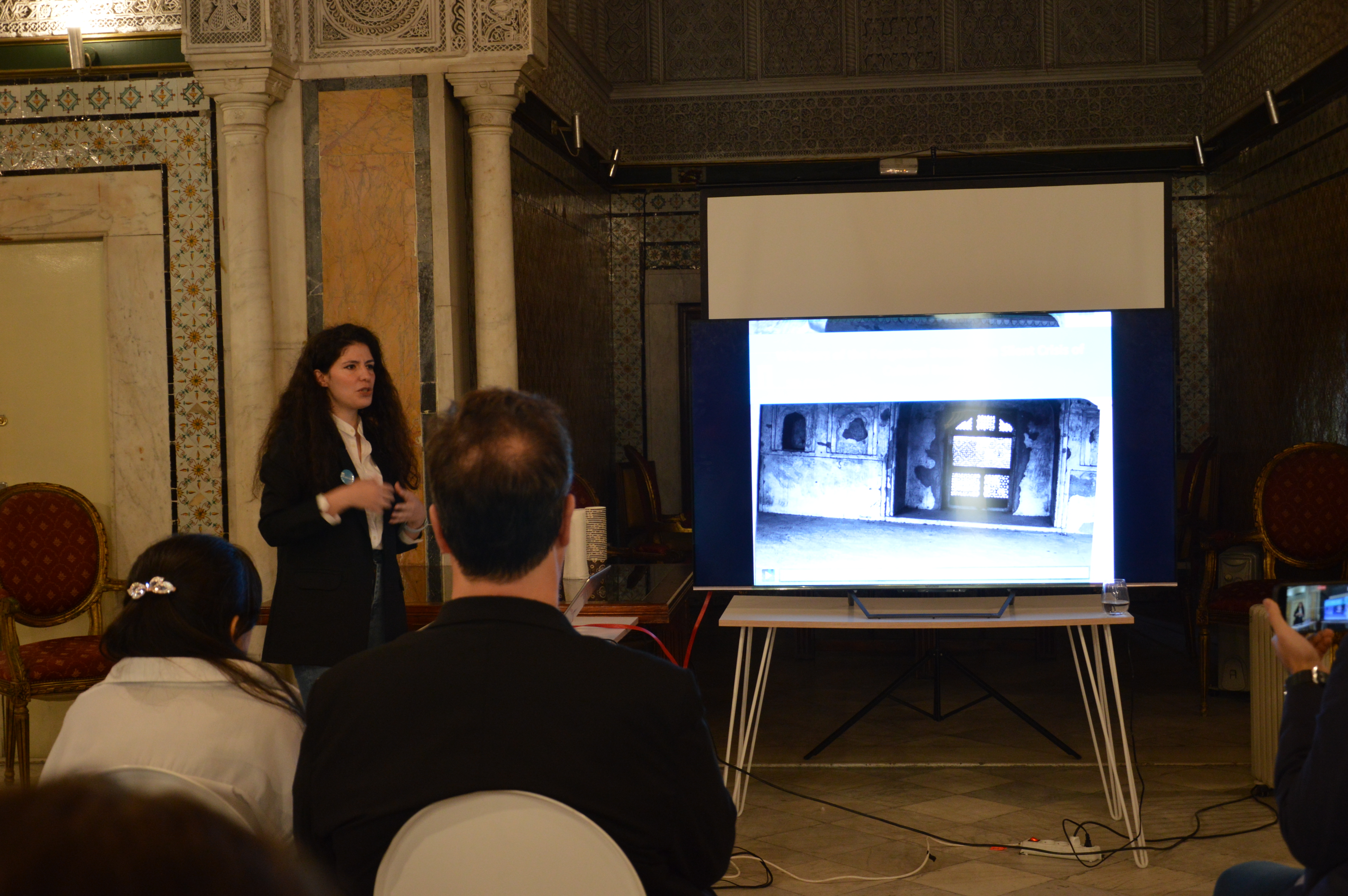
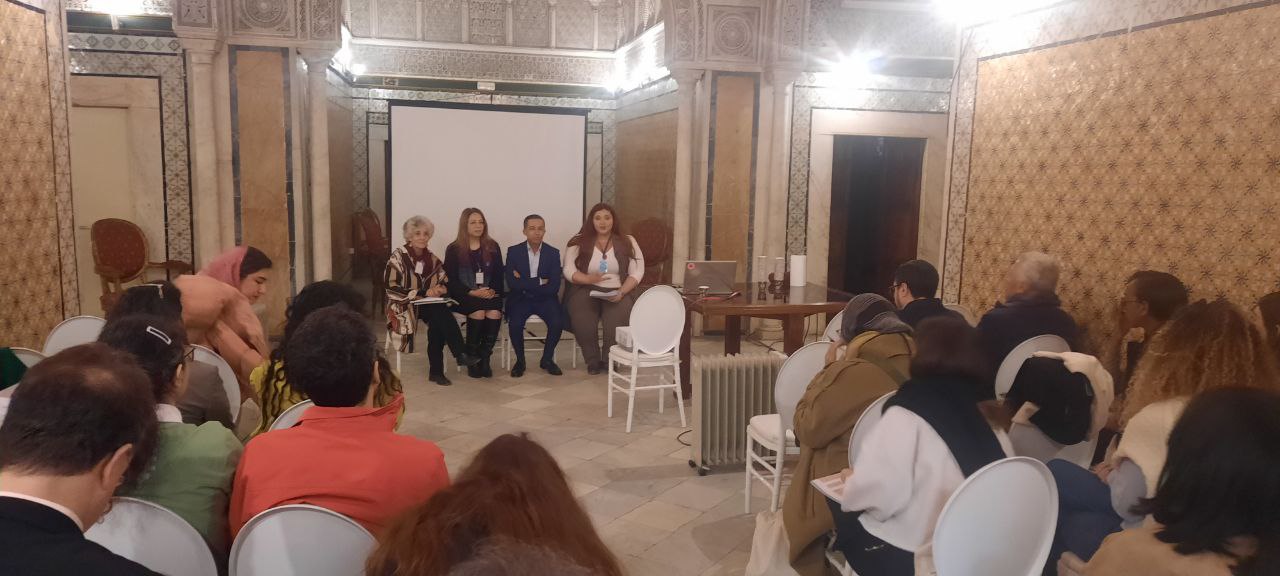
Another panel discussion assisted early and mid-career researchers and practitioners in sharpening their research publication skills during which panellists answered questions on what is expected from authors, what reviewers look for, common pitfalls, and hands-on know-how. At the end of the conference interested students received a book of their choice from the book display table as a gift.
The conference saw a great geographical coverage of case studies and countries of authors’ residence, namely, Bahrain, Belgium, China, Colombia, Cyprus, Egypt, Germany, Greece, India, Iran, Iraq, Italy, Japan, Jordan, Mauritius, Palestine, Portugal, Saudi Arabia, Somali, South Africa, Syria, Tunisia, Türkiye, UK, US.
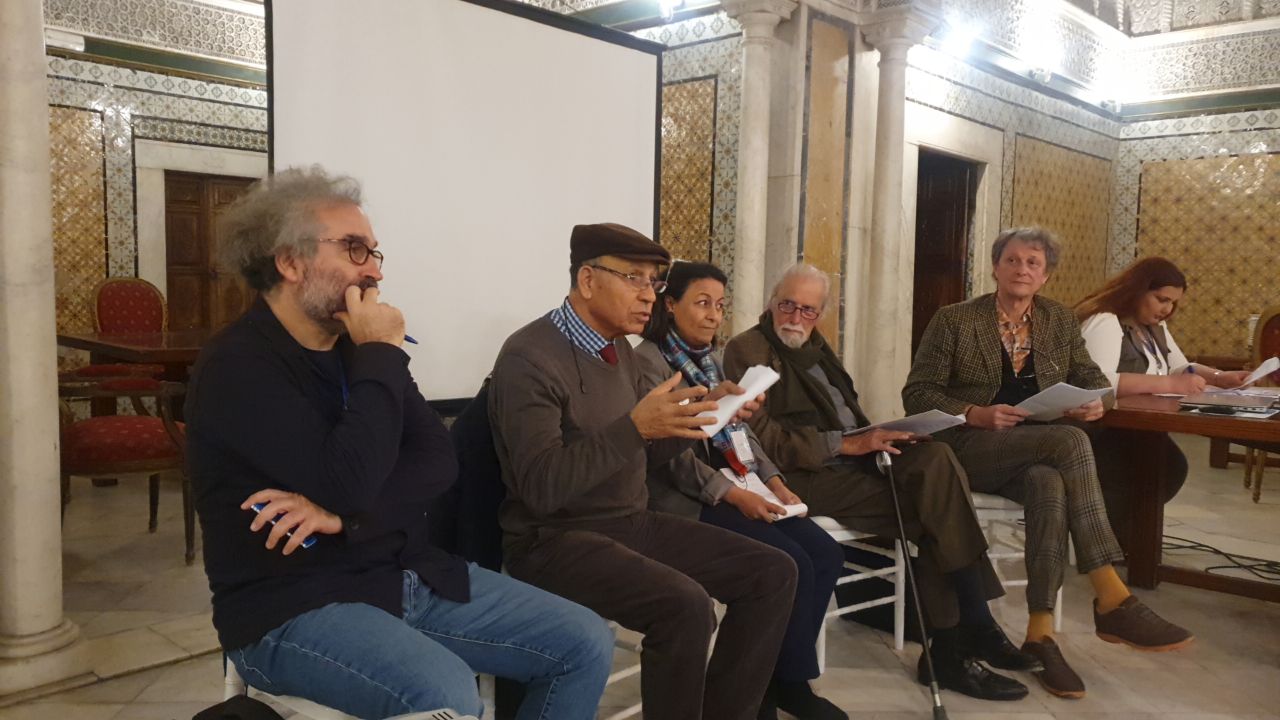
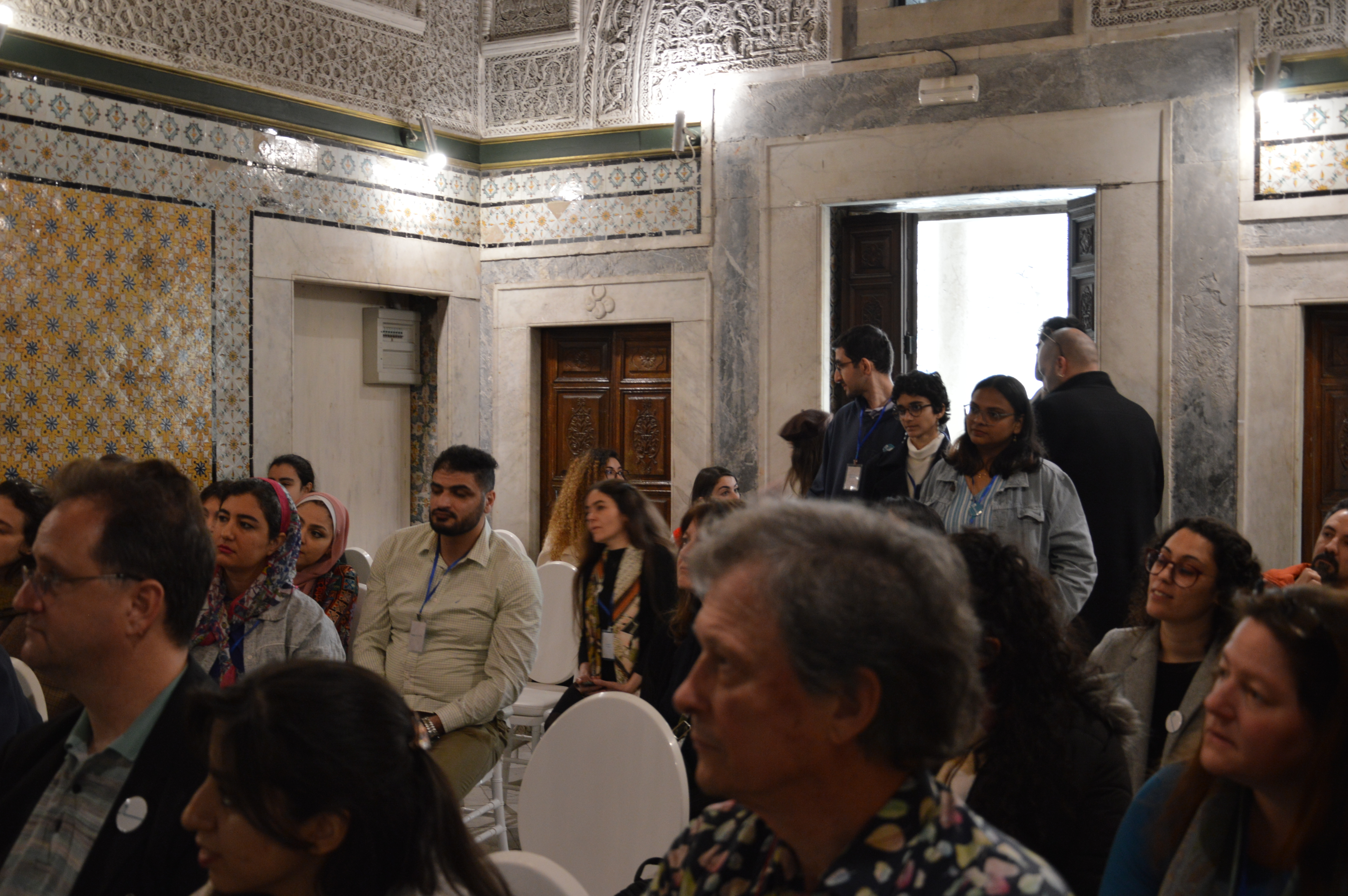
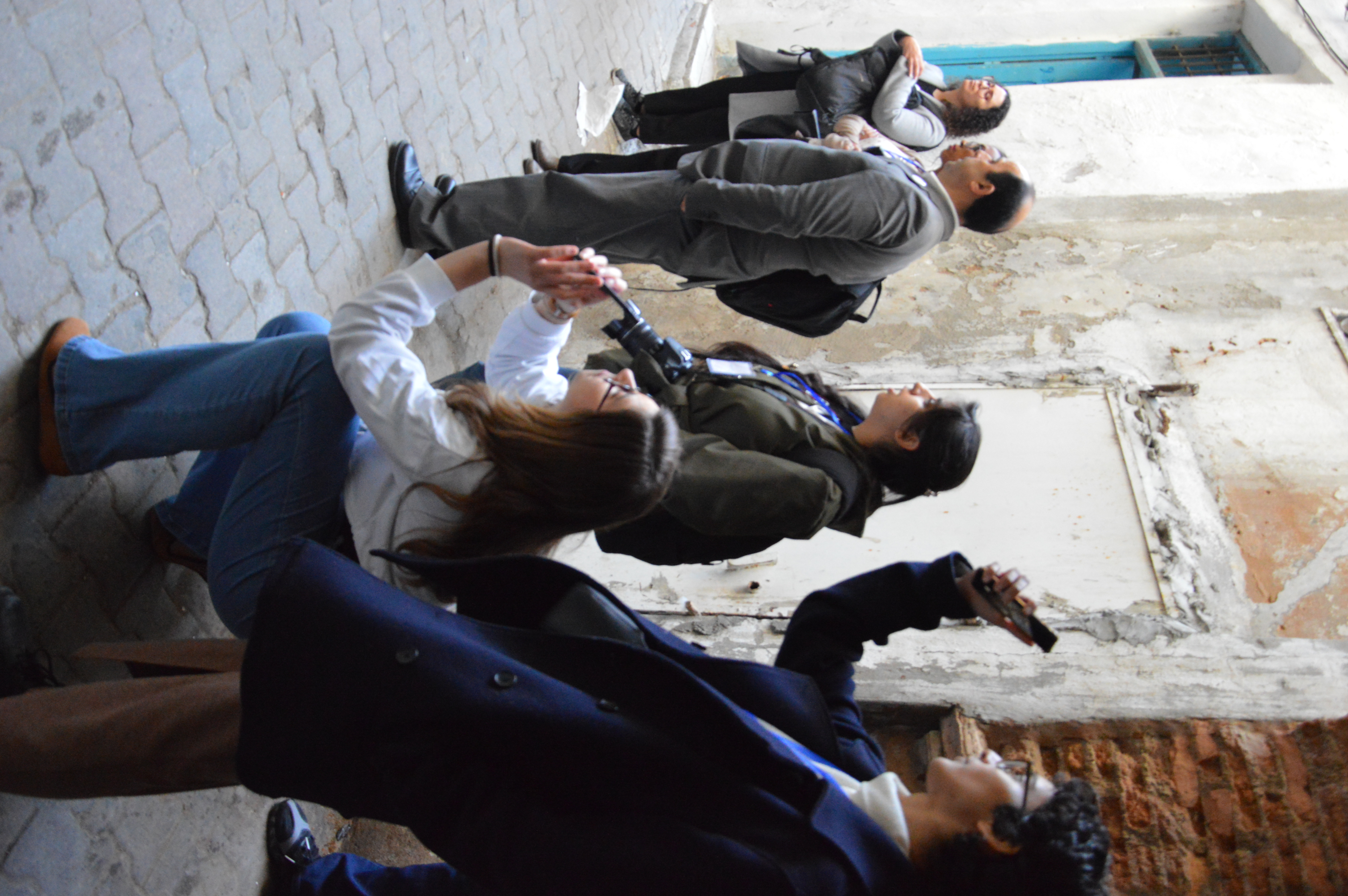
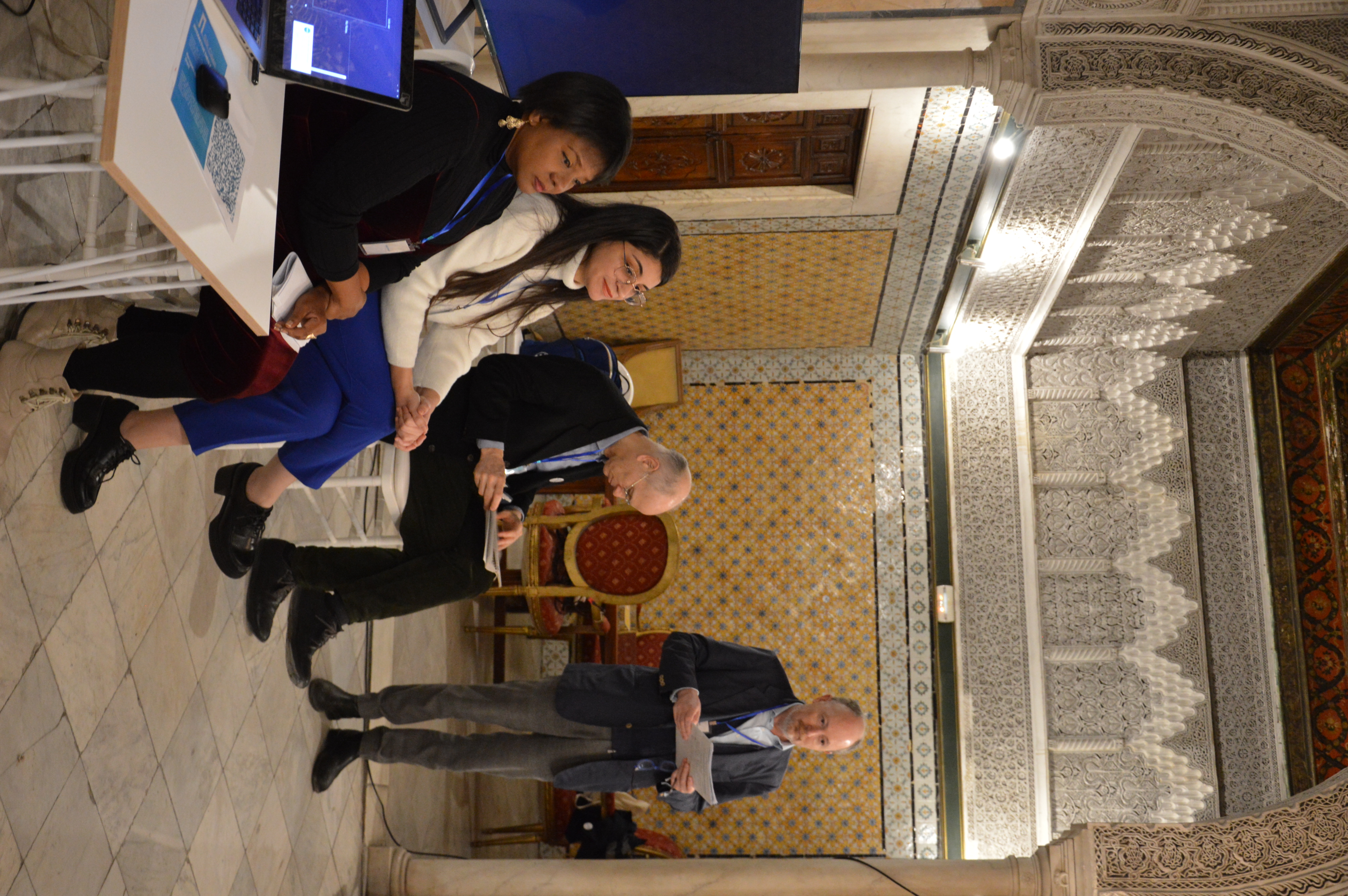
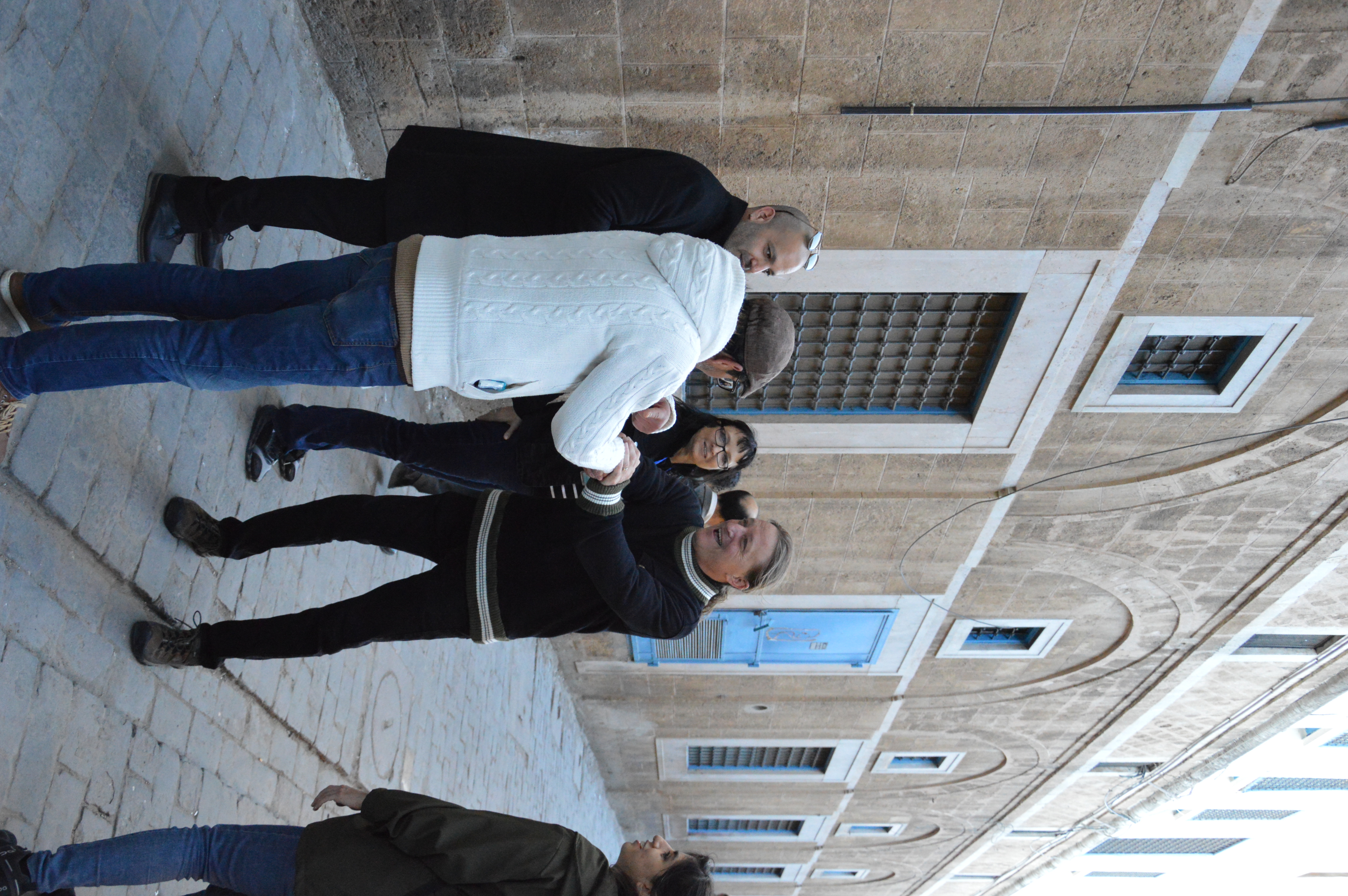
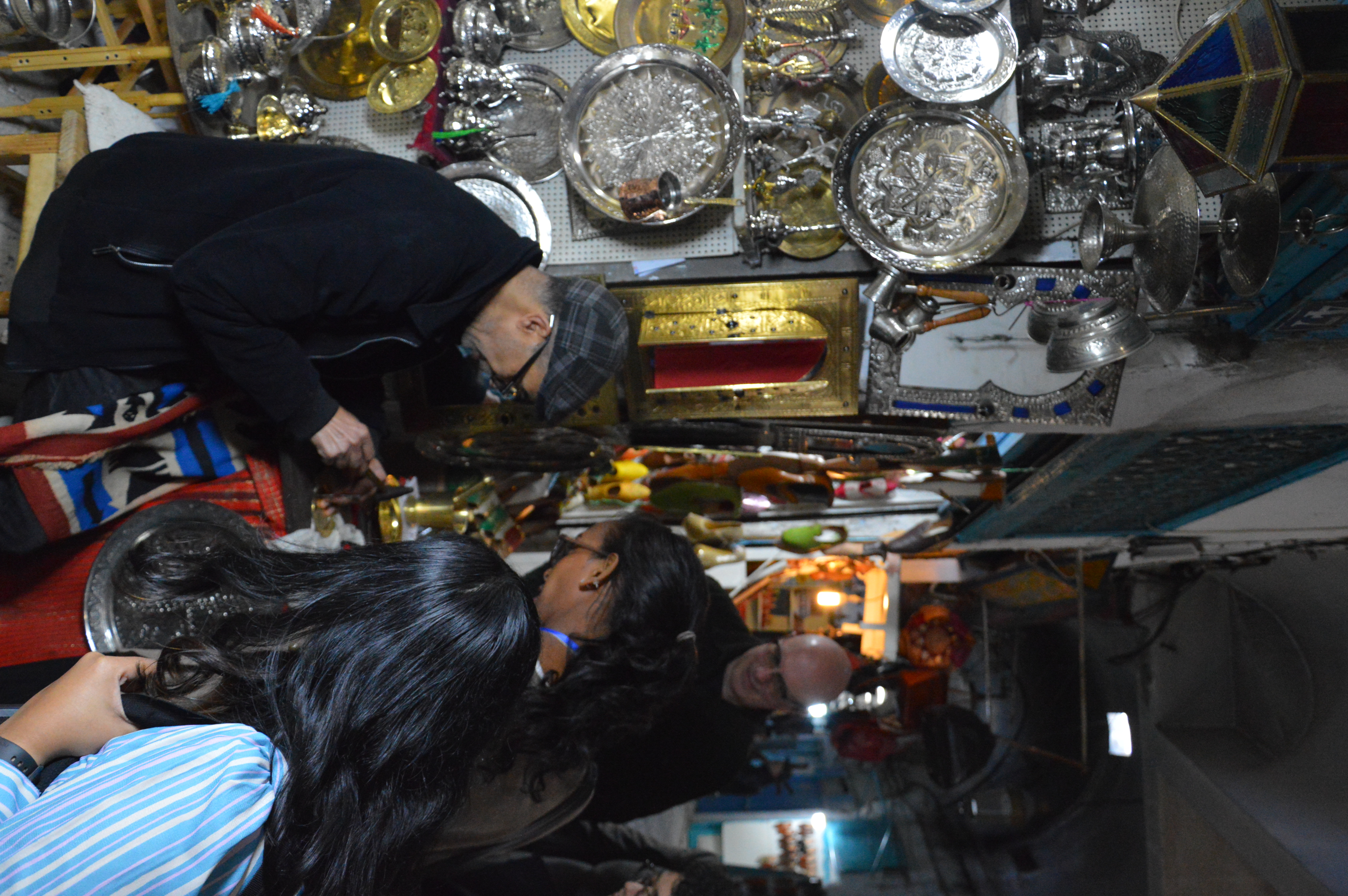
Another special session highlighted the importance of engaging with artists and cultural workers on such interdisciplinary matters and maximise their artistic and communications capacities. In that regard, a parallel exhibition at Kheireddin Palace – a public gallery and listed building offered a visual exploration of communities’ cultural life in public spaces, based on an international photo and short video competition Silk Cities completed in 2023. Exhibited photos and videos explore a rich variety of the intersection of cultural practices and public spaces in both normal and disastrous situations in several other countries. The exhibition also facilitated the engagement of conference attendees with artworks of local artists that also were exhibited in the gallery.
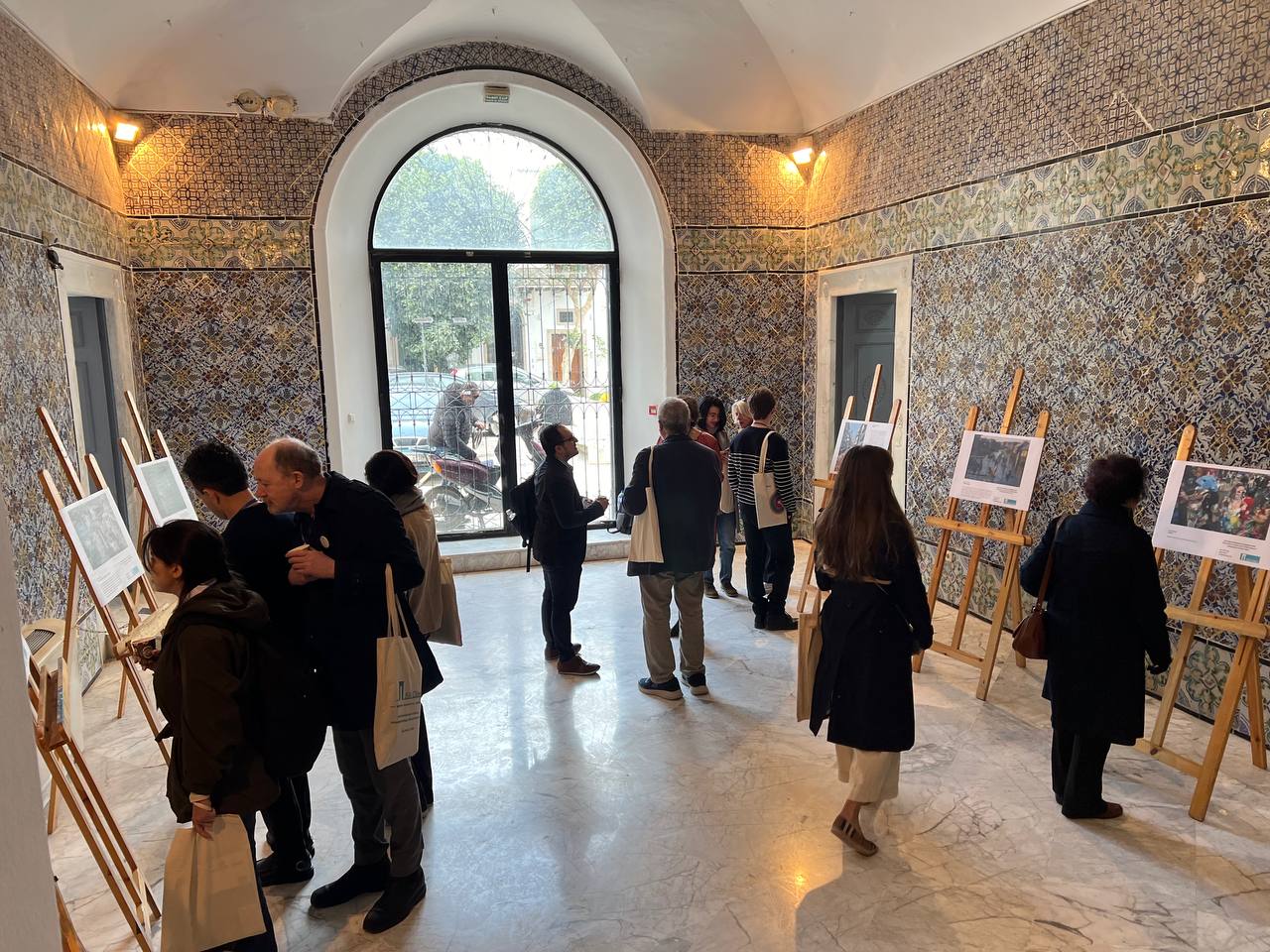
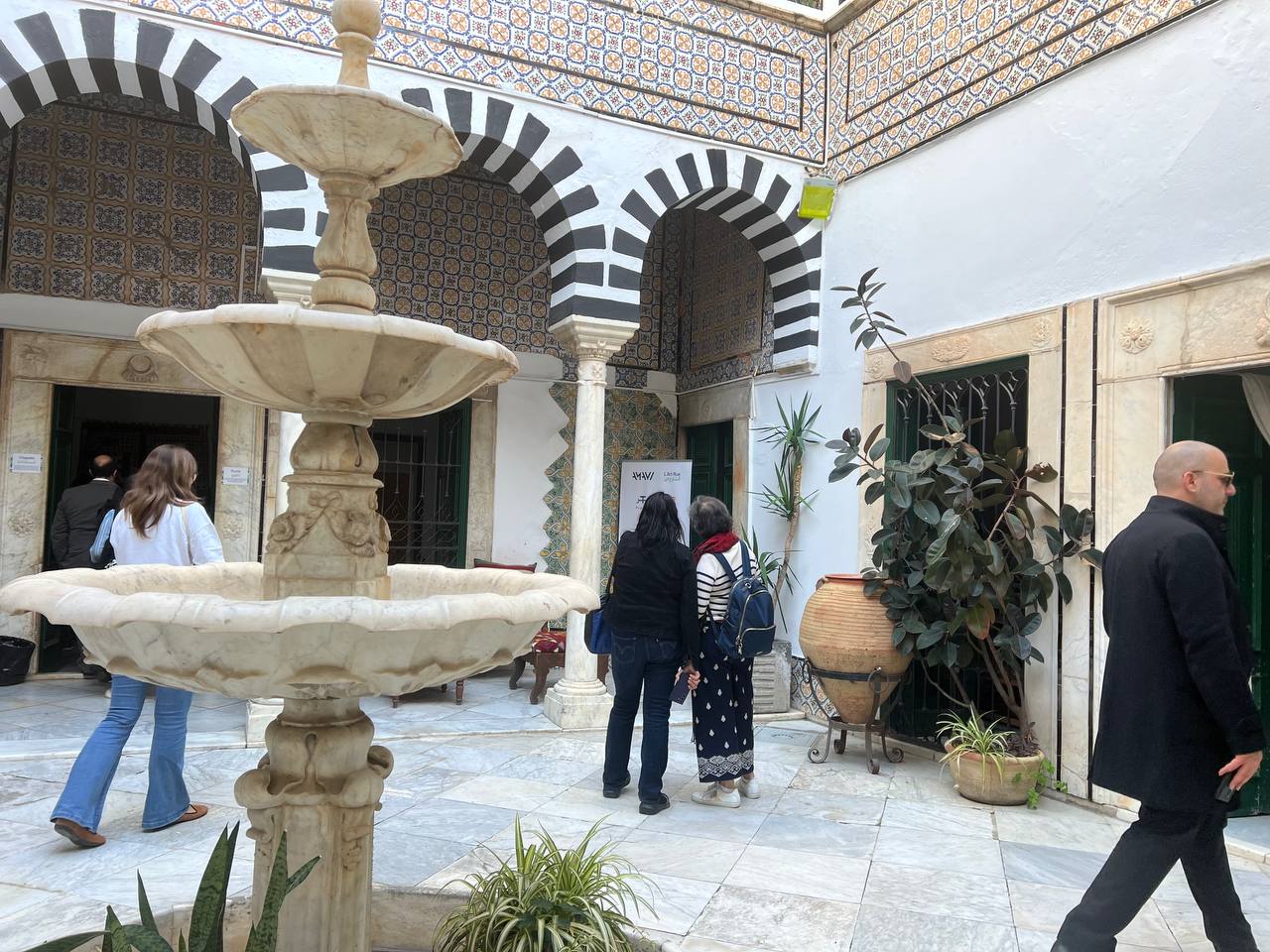

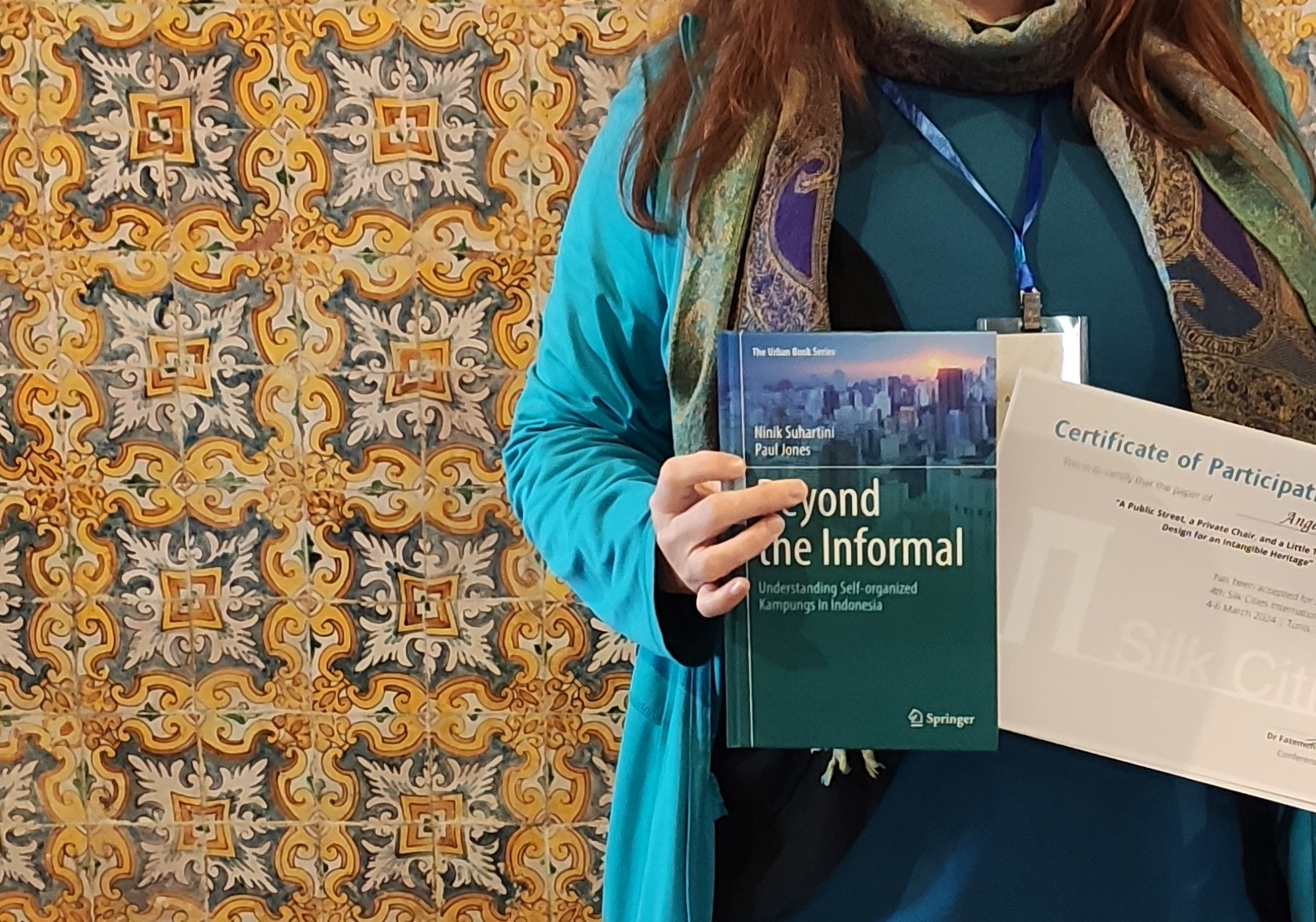
The programme was packed with social interaction opportunities, such as the rooftop reception. The guided walking tour Medina of Tunis offered an opportunity to immerse in the heart of Tunis, its buzzing urban fabric and enjoy the city with its blend of tribal, Islamic, Spanish, Ottoman, and French cultural influences. Many conference attendees stayed longer in the city to further explore it and be cultural tourist. We would like to thank our team, our local partners, supporters, and sponsors.

Organiser & Host
Silk Cities
Local Collaborators
Blue Fish
Association for the Protection of the Medina of Tunis (ASM): Dar Lasram
Municipality of Tunis: Kheireddin Gallery
JADE Sponsor for International Students from Developing Countries
Sponsors for the Local Students
Silk Cities
Dar Ben Gacem
Endorsements
The Bartlett Development Planning Unit (DPU), UCL, UK
Initiative: Standards, Culture and Heritage, Carthage University, Tunisia
Urban Design Group, UK
Oxford Brookes University, UK





